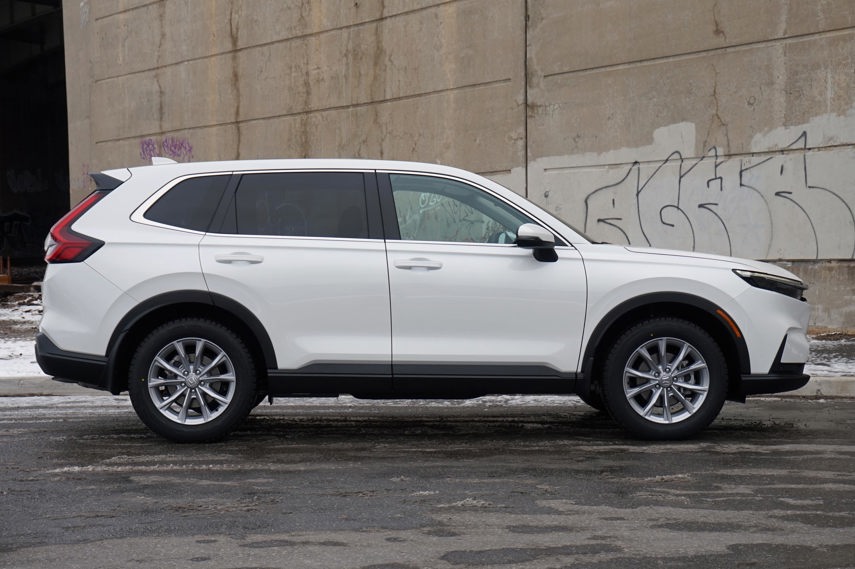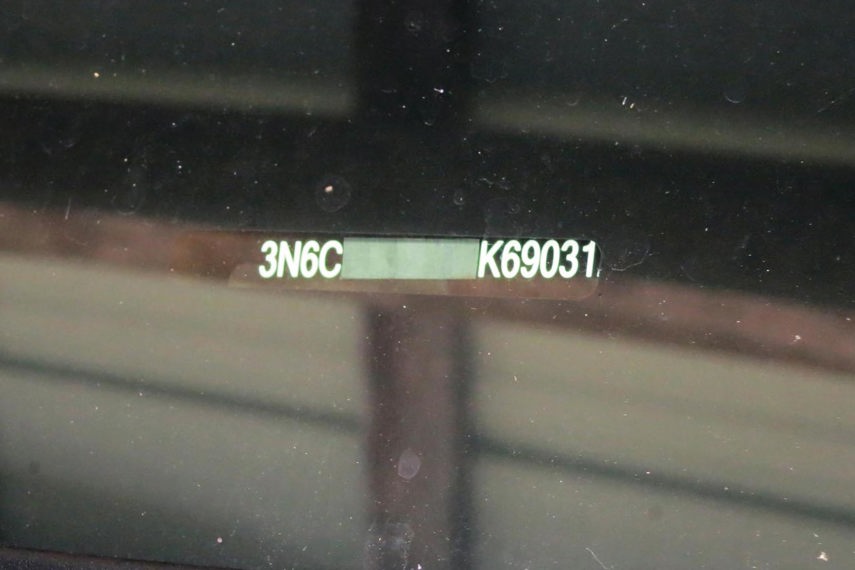For the first time ever in Canada, the insurance industry has had to pay out more than $1 billion in vehicle theft claims, according to the 2022 Vehicle Theft Trend Report, published by the Équité Association.
Comparing 2022 vehicle thefts in Canada versus 2021 numbers, the report found that the provinces with the most vehicle thefts were Ontario (up 48.3 per cent) and Quebec (up 50 per cent). Alberta saw an 18 per cent increase in thefts after years of decline.
In Atlantic Canada, thefts were up 45 per cent in New Brunswick, 27 per cent in Nova Scotia, 55 per cent in Newfoundland, and 56 per cent in P.E.I.
The report also found that the majority of vehicle thefts in Ontario (61 per cent) and Quebec (75 per cent) were vehicles made in 2017 or newer, while a majority of Atlantic Canada’s thefts were vehicles made between 2010 and 2016 (43 per cent).
Car Theft Prevention Tips

The report concluded with advice for motorists. Équité Association recommends using the layered approach, which consists of four categories:
Layer 1: Use Common Sense
- Keep your car doors locked at all times
- Never leave your keys in the ignition or start your vehicle remotely – even on cold days
- Ensure your windows are closed completely when leaving your car
- Park your vehicle in a well-lit area
Layer 2: Install Visible or Audible Anti-Theft Devices
- Audible alarms
- Steering column collars
- Steering wheel/brake pedal lock
- Onboard diagnostic (OBD) port lock
- Brake and/or wheel locks
- Theft deterrent decals
- Identification markers in or on the vehicle
- Window etchings
Layer 3: Install a Vehicle Immobilizer
- Smart keys
- Fuse cut-offs
- Kill switches
- Starter, ignition, and fuel disablers
- Wireless ignition authentication
Layer 4: Invest in a Tracking System
- Install multiple and difficult-to-locate tracking devices throughout your vehicle. In the event of a theft, these devices can help track a vehicle.
Insurers Take Action

The Insurance Bureau of Canada (IBC) recently reported that insurance companies are joining the fight against car theft, and some are now subsidizing the costs associated with the installation of theft-deterrent and tracking devices (Levels 3 and 4, outlined above).
This doesn’t mean that all insurance companies are getting involved or that all policyholders are eligible. “They’re typically being offered to policyholders in certain high-risk regions and/or who drive certain high-risk vehicles,” explains Amanda Dean, Interim Vice-President, Ontario, IBC.
While organizations like Équité Association can publish a “Top 10 Most Stolen Vehicles“ list every year, Dean says that individual insurers have their own internal lists of vehicles that they deem most likely to be stolen. So if your vehicle is on one of those two lists, you might be getting a call from your insurer in the near future, if not already.
Installing an anti-theft and/or a tracking device on a high-risk vehicle comes with two clear benefits. For one, you might prevent your vehicle from being stolen. In addition, you likely will get a discount on the cost of the insurance. If your insurance company is willing to cover the cost of the device and installation, that’s an added benefit.
“Some of these devices can range anywhere from $200 to $500,” Dean says. “Some insurers are paying in full for the device, and some are also paying in full for the installation, as well. You’ll have to contact your insurer to see what they’re willing to pay for.”
Do You Qualify?

If you drive a vehicle that’s in the high-risk category, Dean says that you’ve likely already heard from your insurer. “You would have already received a letter indicating that you live in a high-risk theft area, or that you’re driving a high-risk vehicle,” she explains.
If you haven’t heard from your insurance company, Dean says that you still might in the near future, since a growing number of insurers are looking at the car theft problem, and taking the necessary steps to get approval from the insurance regulator before reaching out to customers.
Currently, the list of top 10 most stolen vehicles in Canada includes the following vehicles, in order from most stolen: Honda CR-V, Lexus RX, Ford-F150, Honda Civic, Toyota Highlander, Ram 1500, Chevrolet Silverado/GMC Sierra 1500, Honda Accord, Jeep Grand Cherokee, and Toyota RAV4.
Before You Buy

If you’re in the market for a new or used vehicle and you want to limit insurance costs associated with driving a high-risk vehicle, as well as the headaches and heartaches you’ll experience if your vehicle is stolen, Dean suggests doing a bit of homework before you buy to find out if the vehicle you want is high-risk.
While many stolen vehicles are shipped out of the country to be sold abroad, Dean says that some may be “re-VINed” and sold right here in Canada to unsuspecting customers. According to Équité Association, re-VINing means changing the Vehicle Identification Number (VIN) of a stolen vehicle to conceal the fact the vehicle is stolen.
According to Dean, re-VINed vehicles could be sold either by private individuals or by some dealerships. This is a buyer-beware situation, and Dean suggests using common sense. In other words, if the price is too good to be true, it probably is, and if in doubt, do your homework, and speak to the vehicle registration body in your province to find out if the VIN on the vehicle is the VIN they have in their records for that vehicle.

